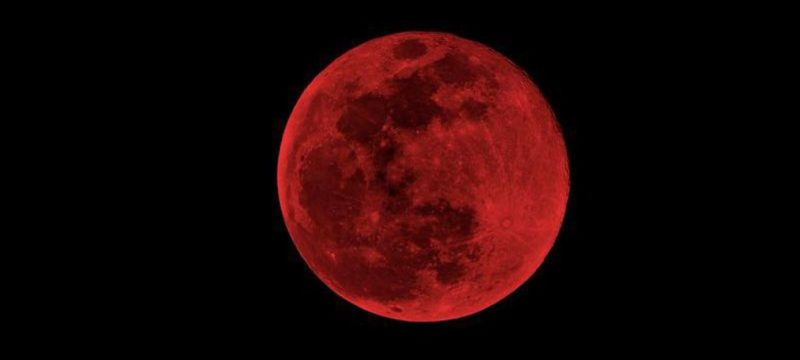A spectacular celestial event is approaching! On the night of March 13-14, 2025, stargazers will have the opportunity to witness a total lunar eclipse, also known as a Blood Moon.
This event marks the first total lunar eclipse visible anywhere on Earth since November 2022 and initiates a series of three eclipses occurring between 2025 and 2026.
Read more: Chinese Astronauts Launch to Conduct Experiments, Including Lunar Brick Research
What is a Blood Moon?
A total lunar eclipse happens when the Earth aligns directly between the Sun and the Moon, casting a shadow that completely covers the lunar surface. During totality, the Moon takes on a striking reddish-orange color, earning it the name “Blood Moon.” This occurs due to the scattering of shorter light wavelengths in Earth’s atmosphere, allowing the longer red and orange wavelengths to illuminate the Moon.
Best Viewing Locations & Timings
The eclipse will be visible across North and South America, with partial visibility in Western Europe before the Moon sets.
Key totality timings for North America:
- Eastern Time (ET): 2:26 a.m. – 3:31 a.m. (March 14)
- Central Time (CT): 1:26 a.m. – 2:31 a.m. (March 14)
- Mountain Time (MT): 12:26 a.m. – 1:31 a.m. (March 14)
- Pacific Time (PT): 11:26 p.m. (March 13) – 12:31 a.m. (March 14)
- Alaska Time (AKDT): 10:26 p.m. – 11:31 p.m. (March 13)
- Hawaii Time (HST): 8:26 p.m. – 9:31 p.m. (March 13)
For the best experience, start observing about 75 minutes before and after totality to witness the gradual shadow movement across the Moon.
How to Watch the Lunar Eclipse
Unlike solar eclipses, lunar eclipses are completely safe to view with the naked eye. While no special equipment is necessary, binoculars or telescopes can enhance the experience.
Viewing tips for an unforgettable sight:
- Find a location away from bright city lights for optimal visibility.
- Check the weather forecast to ensure clear skies.
- Use a camera or phone with night mode for better photo capture.
- If using a telescope, fine-tune the focus for a detailed view of the Blood Moon.
Upcoming Lunar Eclipses
The next total lunar eclipse is set for September 7-8, 2025, visible across Europe, Asia, and the Americas. Another Blood Moon will occur on March 2-3, 2026, offering visibility to much of the world, including North America.









